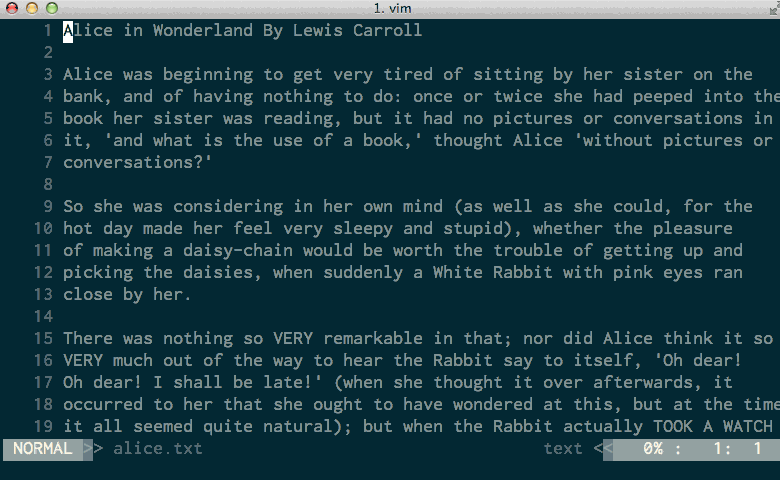
Output: tensor(]) Inputs = tokenizer.encode(article, return_tensors="pt", max_length=512, truncation=True) To translate our previous paragraph, we first need to tokenize the text: # encode the text into tensor of integers using the appropriate tokenizer Model, tokenizer = get_translation_model_and_tokenizer(src, dst) For instance, let's try English to Chinese: # source & destination languages For a list of language codes, consider checking this page. The above function returns the appropriate model given the src_lang and dst_lang for source and destination languages, respectively. You can check their page to see the available models they have: # source & destination languages Let's first get started with the library's pipeline API we'll be using the models trained by Helsinki-NLP. Related: How to Make a Language Detector in Python. Importing transformers: from transformers import * First, let's install the required libraries: $ pip install transformers=4.12.4 sentencepiece You can also follow with the notebook in Colab by clicking the Open In Colab button above or down the article. You can either make a new empty Python notebook or file to get started. The Helsinki-NLP models we will use are primarily trained on the OPUS dataset, a collection of translated texts from the web it is free online data. In other words, we'll be using pre-trained models from Huggingface transformer models. This tutorial will teach you how to perform machine translation without any training. More specifically, neural networks based on attention called transformers did an outstanding job on this task.

Neural machine translation emerged in recent years, outperforming all previous approaches. Machine translation is the process of using Machine Learning to automatically translate text from one language to another without any human intervention during the translation. Welcome! Meet our Python Code Assistant, your new coding buddy.


 0 kommentar(er)
0 kommentar(er)
